144th anniversary of the Mirogoj city cemetery
November 6, 2020 - On this day exactly 144 years ago, the city cemetery Mirogoj was officially opened. Anyone who has ever walked this unique landscape architectural masterpiece has certainly not resisted the charm of peace and tranquility it offers. Several thousand monuments, of which at least a few hundred come from famous sculptors and artists of various eras, horticultural landscaping and especially the magnificent arcades, represent an invaluable cultural, historical and artistic heritage. It is the last resting place of many famous Croats, which is why it is also known as the Croatian Pantheon. It is known as one of the most beautiful European cemeteries and has been one of the unmissable destinations for tourist tours of Zagreb for years.
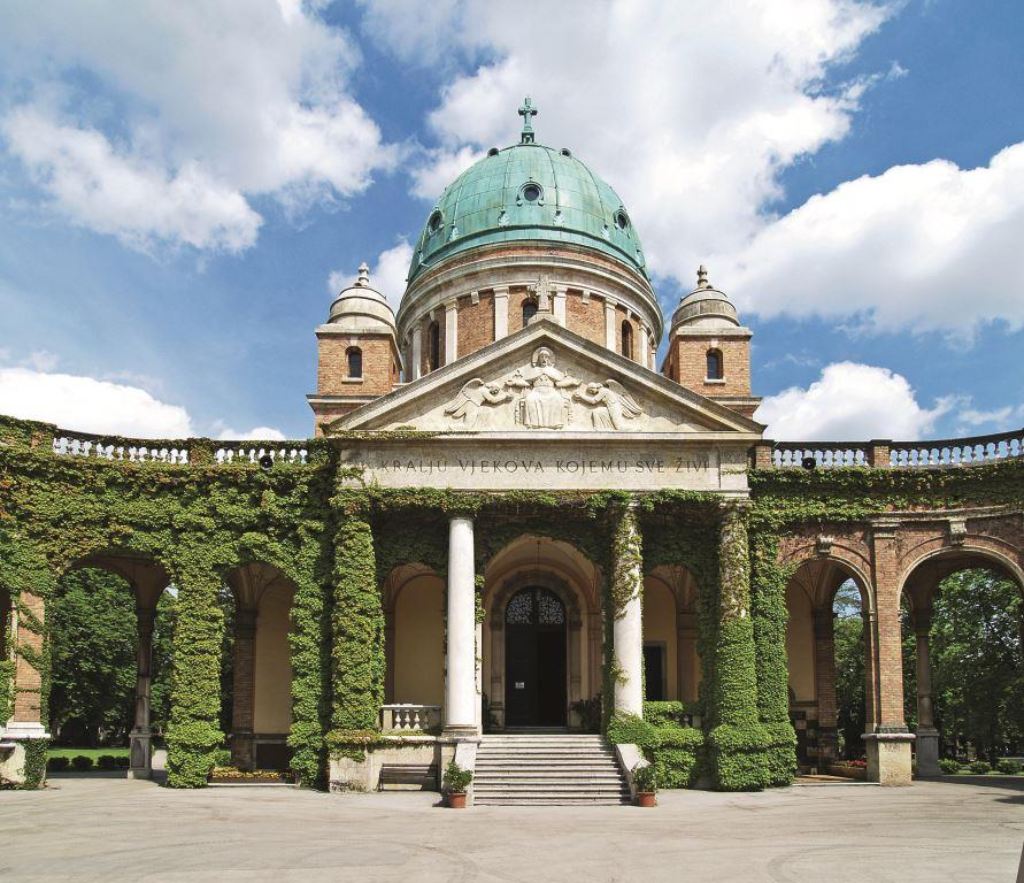
Mirogoj - the first cemetery owned by the city administration
Until the opening of Mirogoj, the first city cemetery owned by the city administration, cemeteries in Croatia were owned by the church. In 1872, the Zagreb city government then (city municipality) agreed with the Archdiocese to close the cemetery of St. Roko (today's Roko park), St. Toma and St. Juraj, because due to overcrowding, it was necessary to find and design a space for a new city cemetery. With money from the chapel of St. Roko and St. Juraj, on January 24, 1873, the property of Dr. Ljudevit Gaj was purchased with the intention of converting it into the central Zagreb cemetery. That date could be considered the founding day of Zagreb's Mirogoj. The official opening of the cemetery was on November 6, 1876. The cemetery was handed over for use on November 1, 1876. It was divided by religion (Catholic, Protestant, Orthodox and Jewish) and into classes (first, second and third) and consisted of the outer and inner part, which together formed a unit.
With the opening of Mirogoj, the conditions were created for the gradual closure of the old Zagreb cemeteries to begin, which was accompanied by actions of transferring some important monuments to the central Zagreb cemetery.
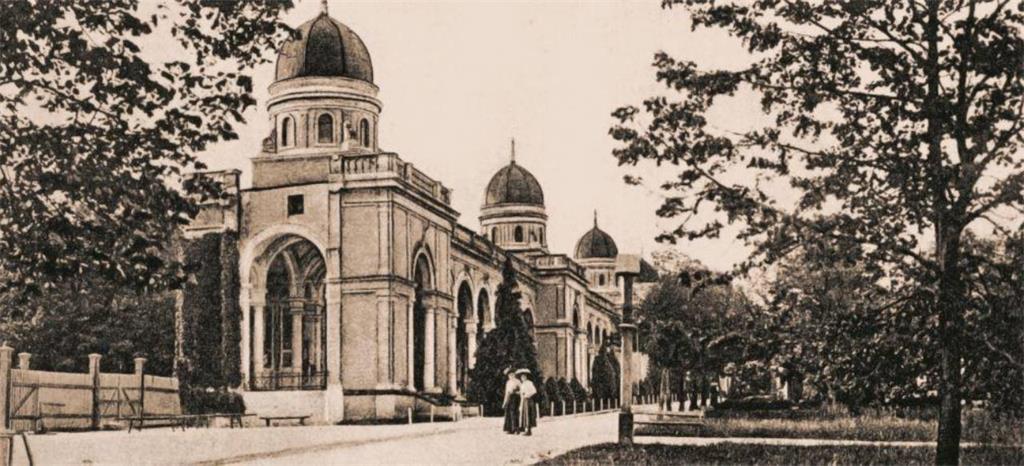
Arcade construction
Only three years after the opening of the last resting place of the people of Zagreb, the builder Hermann Bollé began in 1879 the construction of magnificent arcades, which he completed in 1917. Eight pavilions were built south of the main entrance and four pavilions each with seven arcades north of the entrance. After the fourth pavilion, a passage was built, followed by small arcades that arched to the east (consisting of three pavilions with two rows of sixteen arcades, a series of eleven winding arcades and two rows of thirteen arcades) and the final pavilion. In addition to the arcades, in April 1886, Bollé built the Mirogoj morgue on the site of the former Gaj mansion. His original idea was to surround the entire cemetery with arcades and pavilions, with a chapel next to the central entrance, but for various reasons (mostly financial) it was not fully realized. The last in the series was the construction of a large chapel, which some consider to be the most beautiful part of the builders of Bollé.¹
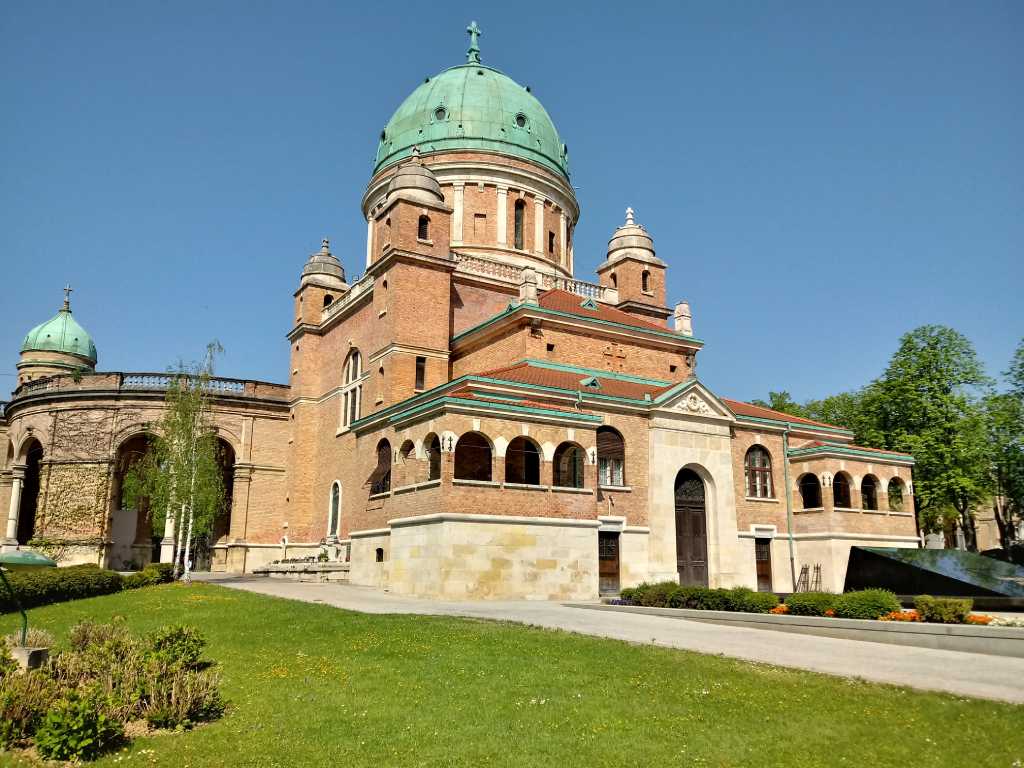

Mirogoj - the first cemetery owned by the city administration
Until the opening of Mirogoj, the first city cemetery owned by the city administration, cemeteries in Croatia were owned by the church. In 1872, the Zagreb city government then (city municipality) agreed with the Archdiocese to close the cemetery of St. Roko (today's Roko park), St. Toma and St. Juraj, because due to overcrowding, it was necessary to find and design a space for a new city cemetery. With money from the chapel of St. Roko and St. Juraj, on January 24, 1873, the property of Dr. Ljudevit Gaj was purchased with the intention of converting it into the central Zagreb cemetery. That date could be considered the founding day of Zagreb's Mirogoj. The official opening of the cemetery was on November 6, 1876. The cemetery was handed over for use on November 1, 1876. It was divided by religion (Catholic, Protestant, Orthodox and Jewish) and into classes (first, second and third) and consisted of the outer and inner part, which together formed a unit.
With the opening of Mirogoj, the conditions were created for the gradual closure of the old Zagreb cemeteries to begin, which was accompanied by actions of transferring some important monuments to the central Zagreb cemetery.

Arcade construction
Only three years after the opening of the last resting place of the people of Zagreb, the builder Hermann Bollé began in 1879 the construction of magnificent arcades, which he completed in 1917. Eight pavilions were built south of the main entrance and four pavilions each with seven arcades north of the entrance. After the fourth pavilion, a passage was built, followed by small arcades that arched to the east (consisting of three pavilions with two rows of sixteen arcades, a series of eleven winding arcades and two rows of thirteen arcades) and the final pavilion. In addition to the arcades, in April 1886, Bollé built the Mirogoj morgue on the site of the former Gaj mansion. His original idea was to surround the entire cemetery with arcades and pavilions, with a chapel next to the central entrance, but for various reasons (mostly financial) it was not fully realized. The last in the series was the construction of a large chapel, which some consider to be the most beautiful part of the builders of Bollé.¹

| Guardians of cultural heritage Mirogoj, as well as the other 27 city cemeteries in the Zagreb area, is managed by the City Cemetery, a subsidiary of Zagreb Holding. In addition to managing Mirogoj, the subsidiary is also the custodian of the tradition and culture of the city of Zagreb. From the official founding in 1876 until today, the City Cemetery has preserved numerous historical materials in its archives, including a book of arcades, manuscripts and documents for the first monograph on Mirogoj, ID cards of the first deceased, the first cremated, a list of important people, a list of works of art and etc. Part of this historical material is documented in two monographs published on the occasion of the 100th and 135th anniversaries of the Mirogoj cemetery. And on the occasion of celebrating the 144th anniversary of the city cemetery Mirogoj, the subsidiary arranged the grave of Friedrich Miroslav Singer, the first deceased buried in the cemetery Mirogoj on November 7, 1876. |
Mirogoj today
The beginning of the construction of the arcades was also marked by a strong earthquake that hit Zagreb in 1880. Although the epicenter of the earthquake was in the immediate vicinity of the cemetery (on Medvednica), the arcades did not suffer the slightest damage. Unfortunately, the devastating earthquake that hit Zagreb on March 22 this year left its mark on Zagreb's Mirogoj cemetery, which, in addition to material damage, also suffered enormous cultural damage. Particularly severe damage was recorded on the Mirogoj arcades and the Church of Christ the King, which are protected zero-category monuments, and the tombs of Ban Josip Jelačić, Petar Preradović, Countess Sermage and many others, as well as numerous sculptures and statues.
Shortly after the earthquake, the City Cemetery subsidiary organized a survey of the area in just a few days, and a virtual walk through the arcades and the Church of Christ the King has been available on the website since April.
Out of a total of 6,000 damaged graves in the Mirogoj cemetery, more than 2,000 have been repaired so far. According to the findings of structural engineers and conservators, conservation work is underway on the arcades on buildings of cultural significance and protected cultural monuments. Memorials and graves for fallen soldiers and war victims and damage to the crematorium were repaired.
The tender for the preparation of project-technical documentation for the reconstruction and structural rehabilitation of buildings in the Mirogoj cemetery (peace house / mortuary, arcades, the Church of Christ the King, the Orthodox Chapel, the Russian Chapel, the administrative building) is underway.
The beginning of the construction of the arcades was also marked by a strong earthquake that hit Zagreb in 1880. Although the epicenter of the earthquake was in the immediate vicinity of the cemetery (on Medvednica), the arcades did not suffer the slightest damage. Unfortunately, the devastating earthquake that hit Zagreb on March 22 this year left its mark on Zagreb's Mirogoj cemetery, which, in addition to material damage, also suffered enormous cultural damage. Particularly severe damage was recorded on the Mirogoj arcades and the Church of Christ the King, which are protected zero-category monuments, and the tombs of Ban Josip Jelačić, Petar Preradović, Countess Sermage and many others, as well as numerous sculptures and statues.
Shortly after the earthquake, the City Cemetery subsidiary organized a survey of the area in just a few days, and a virtual walk through the arcades and the Church of Christ the King has been available on the website since April.
Out of a total of 6,000 damaged graves in the Mirogoj cemetery, more than 2,000 have been repaired so far. According to the findings of structural engineers and conservators, conservation work is underway on the arcades on buildings of cultural significance and protected cultural monuments. Memorials and graves for fallen soldiers and war victims and damage to the crematorium were repaired.
The tender for the preparation of project-technical documentation for the reconstruction and structural rehabilitation of buildings in the Mirogoj cemetery (peace house / mortuary, arcades, the Church of Christ the King, the Orthodox Chapel, the Russian Chapel, the administrative building) is underway.
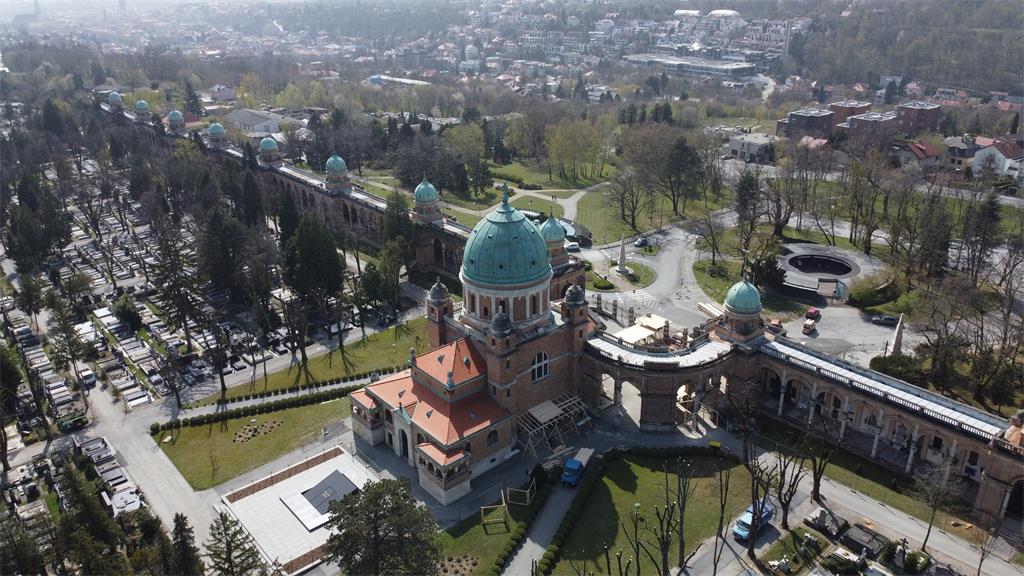
Despite the difficulties caused by the earthquake, the subsidiary continued to implement projects started last year. Among other things, work continued on the expansion of the Crematorium and Urn Garden-Crematorium, fields 35 and 35 A, which began in November 2019. Completion is expected by the middle of next year. The expansion will provide additional Colombian niches and urn cassettes. In May this year, the reconstruction of the Memorial Cross to the Veterans Killed in the Homeland War in the Alley of Croatian Veterans at the Mirogoj Cemetery was completed. The expansion of the parking lot was completed in August, and the renovation of the farewell square in October.
A project to build new arcades in the western and southern parts of Mirogoj has also been prepared.
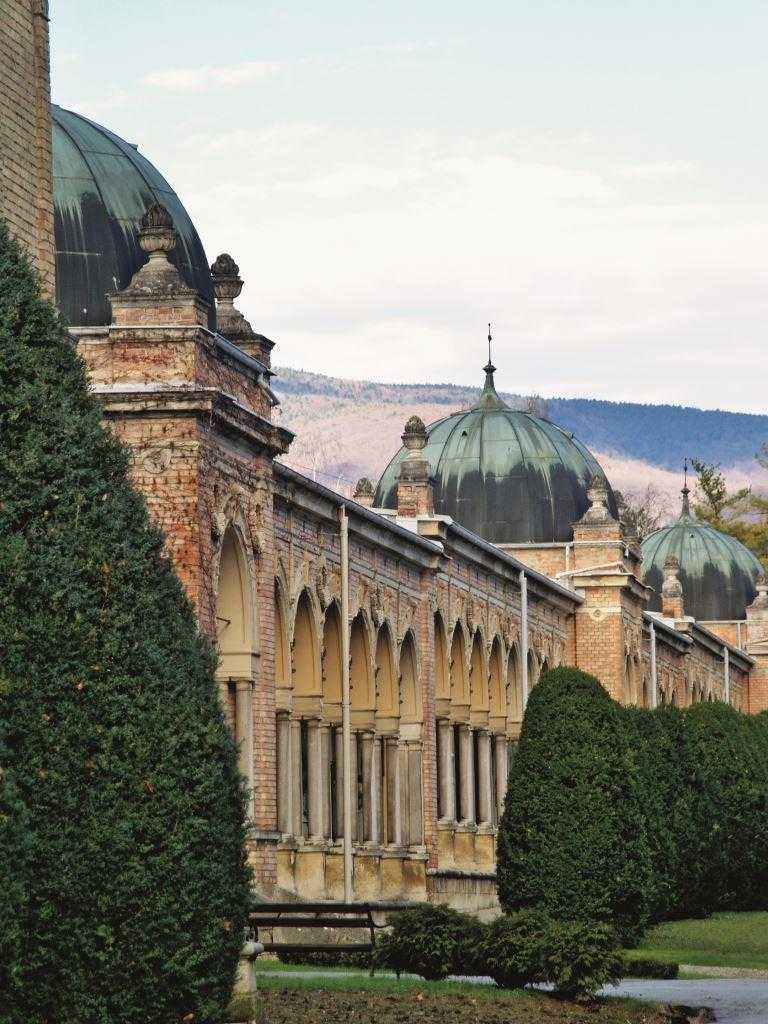
¹- From the monograph of the City Cemetery subsidiary, published on the occasion of the 135th anniversary of Zagreb's Mirogoj